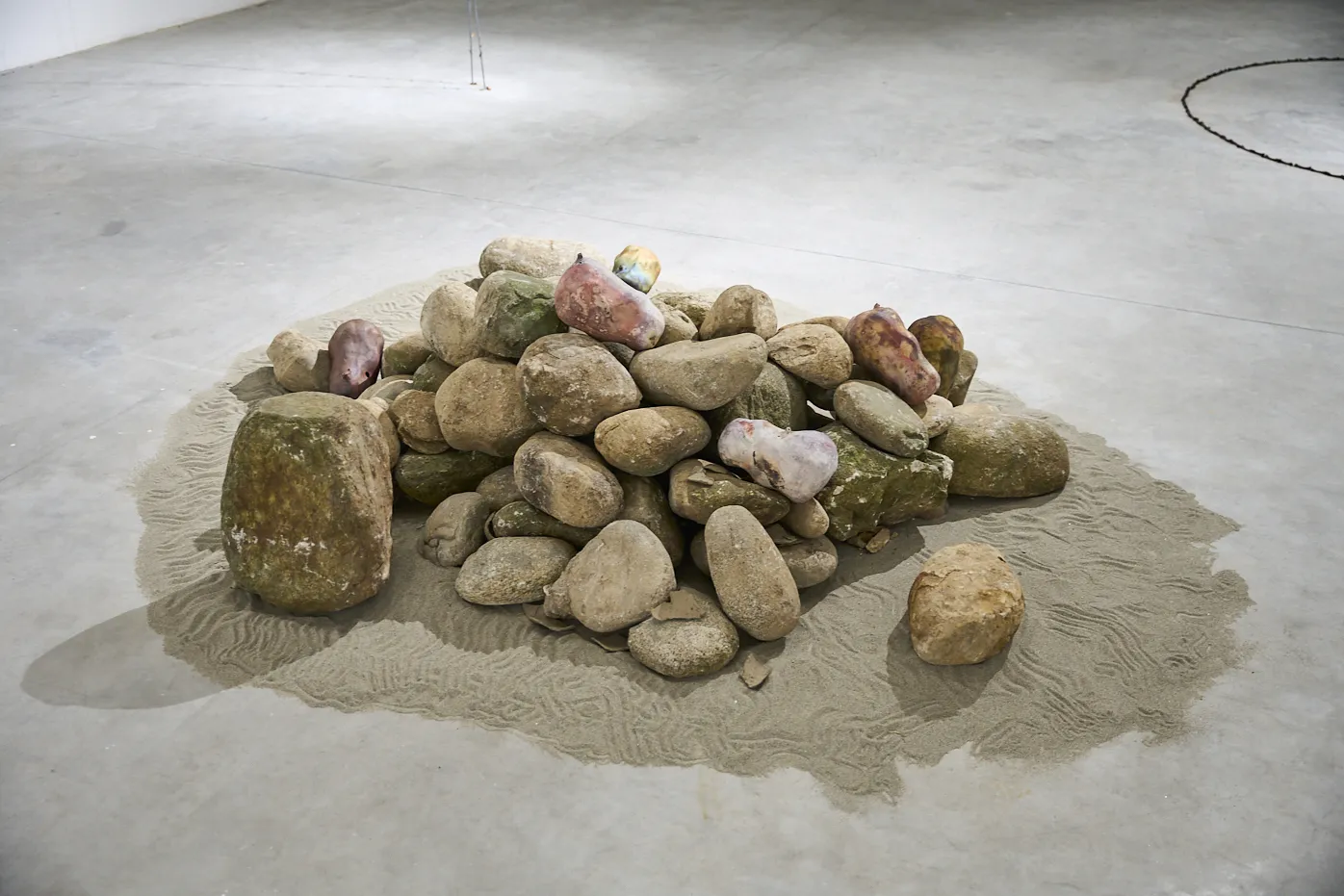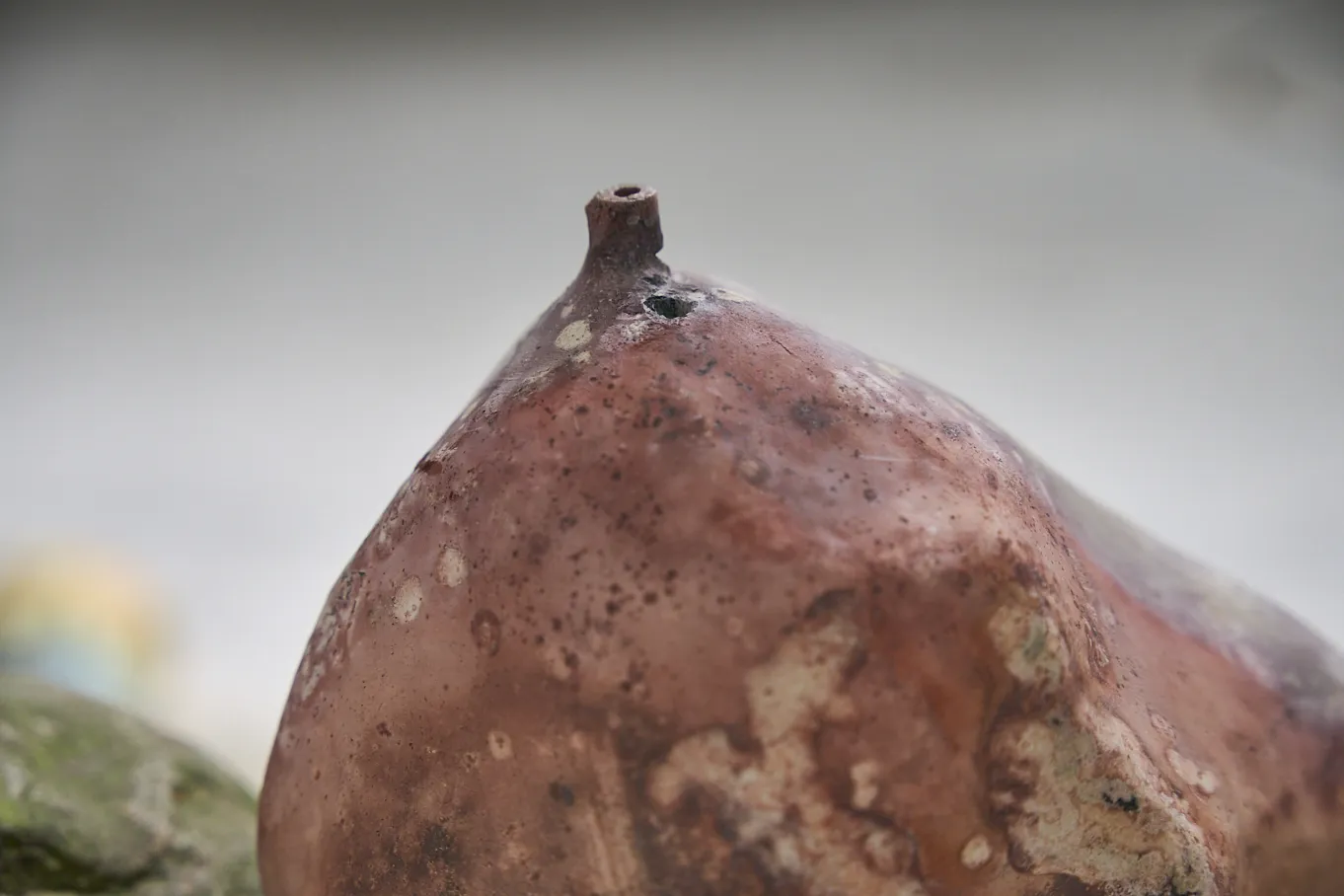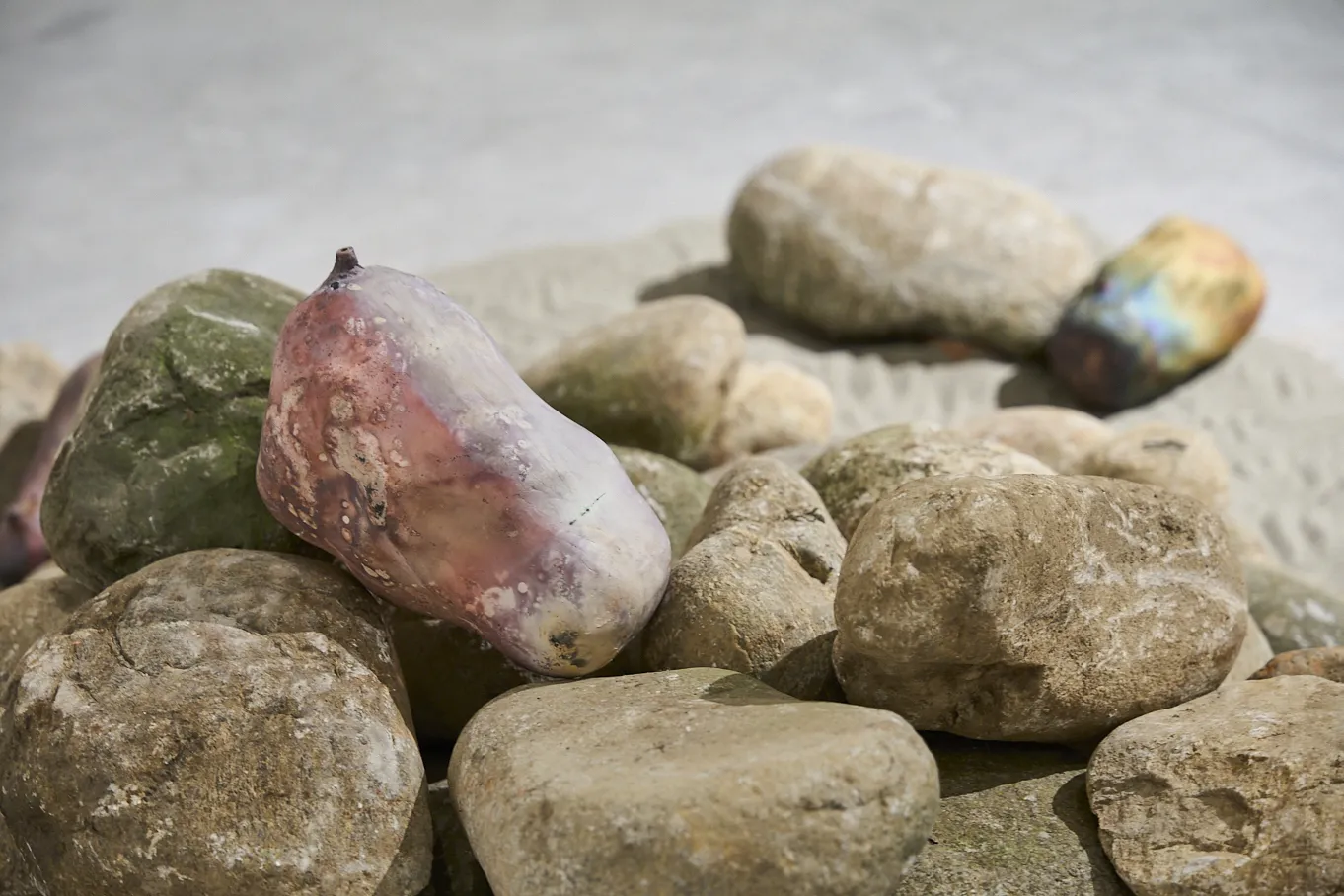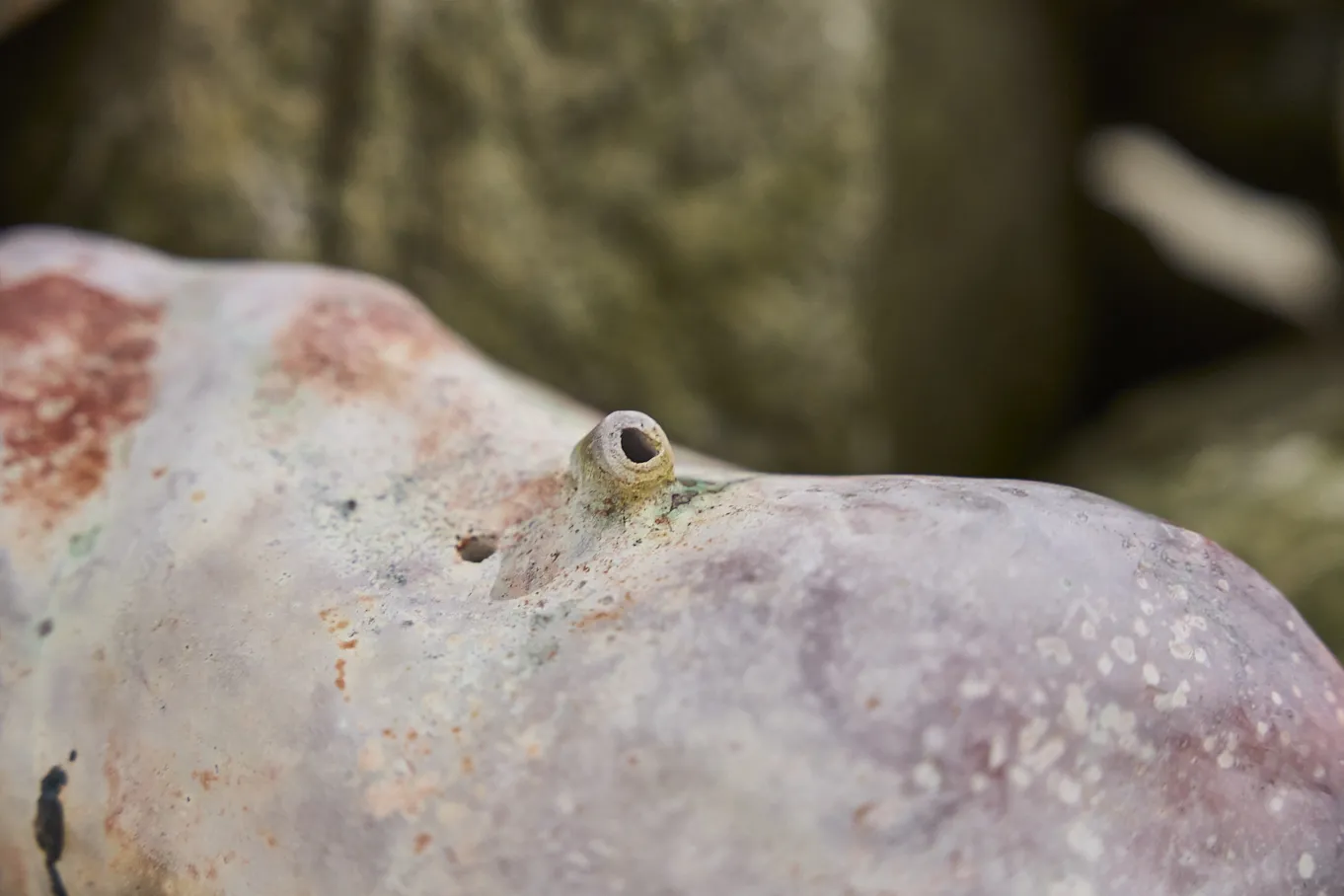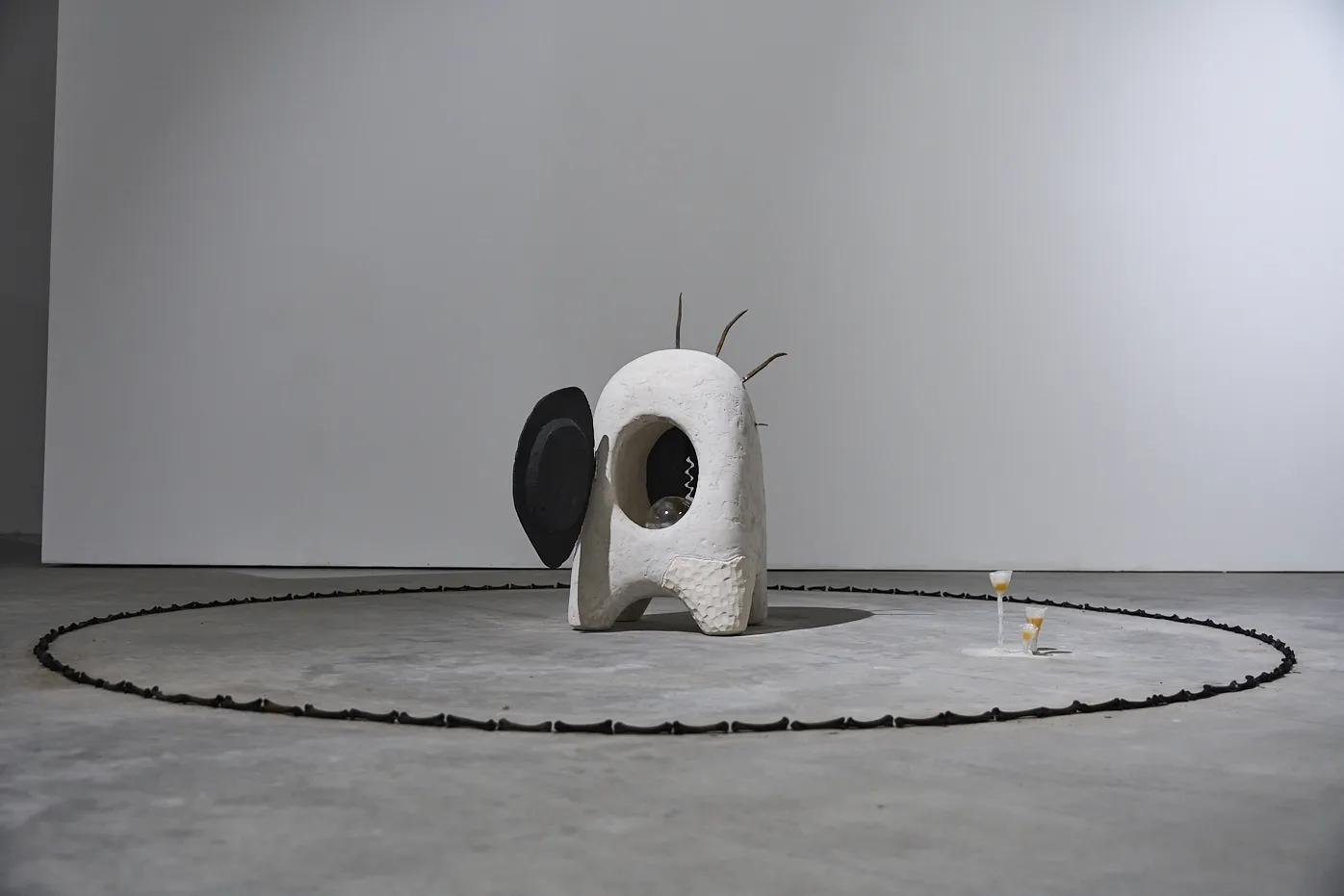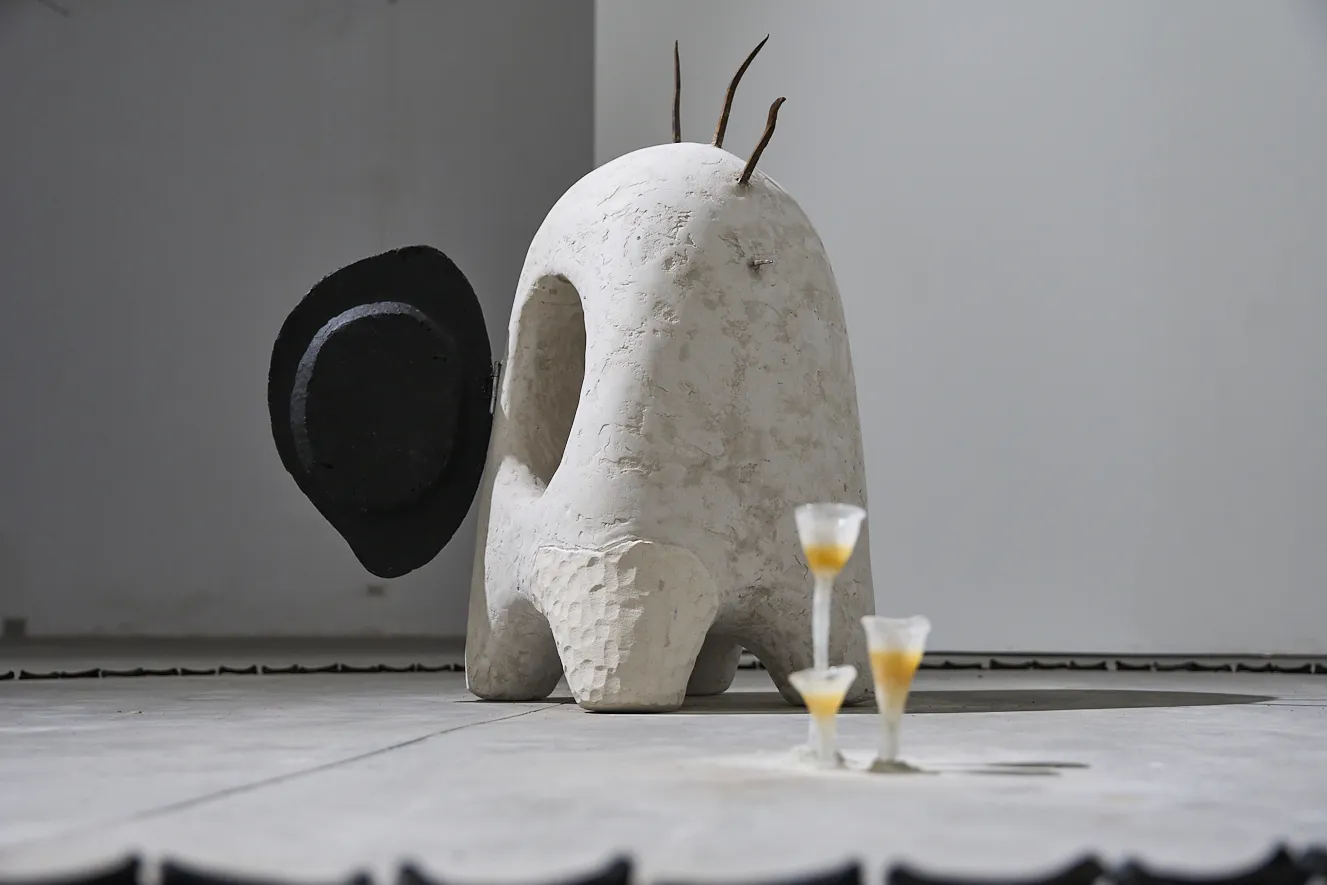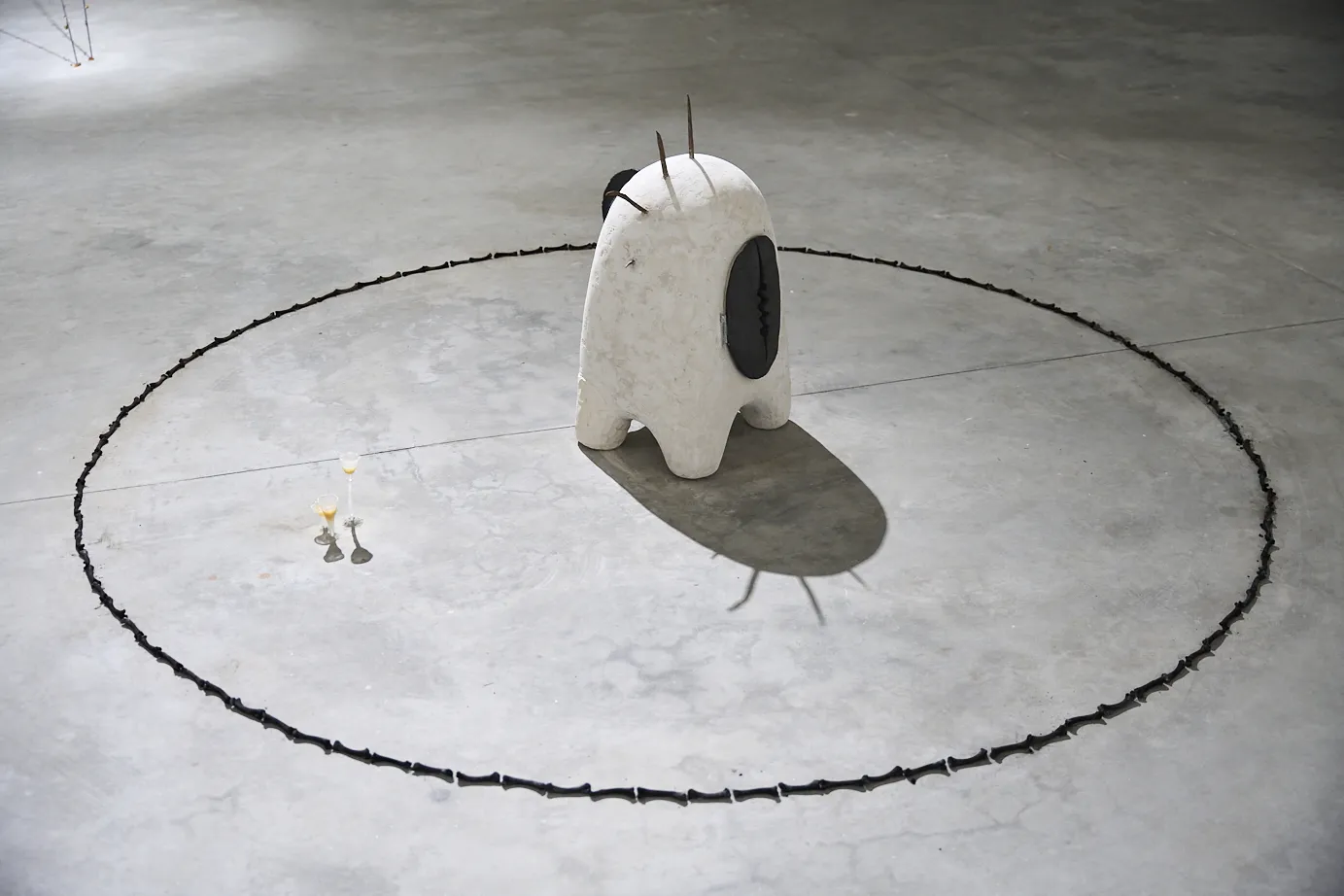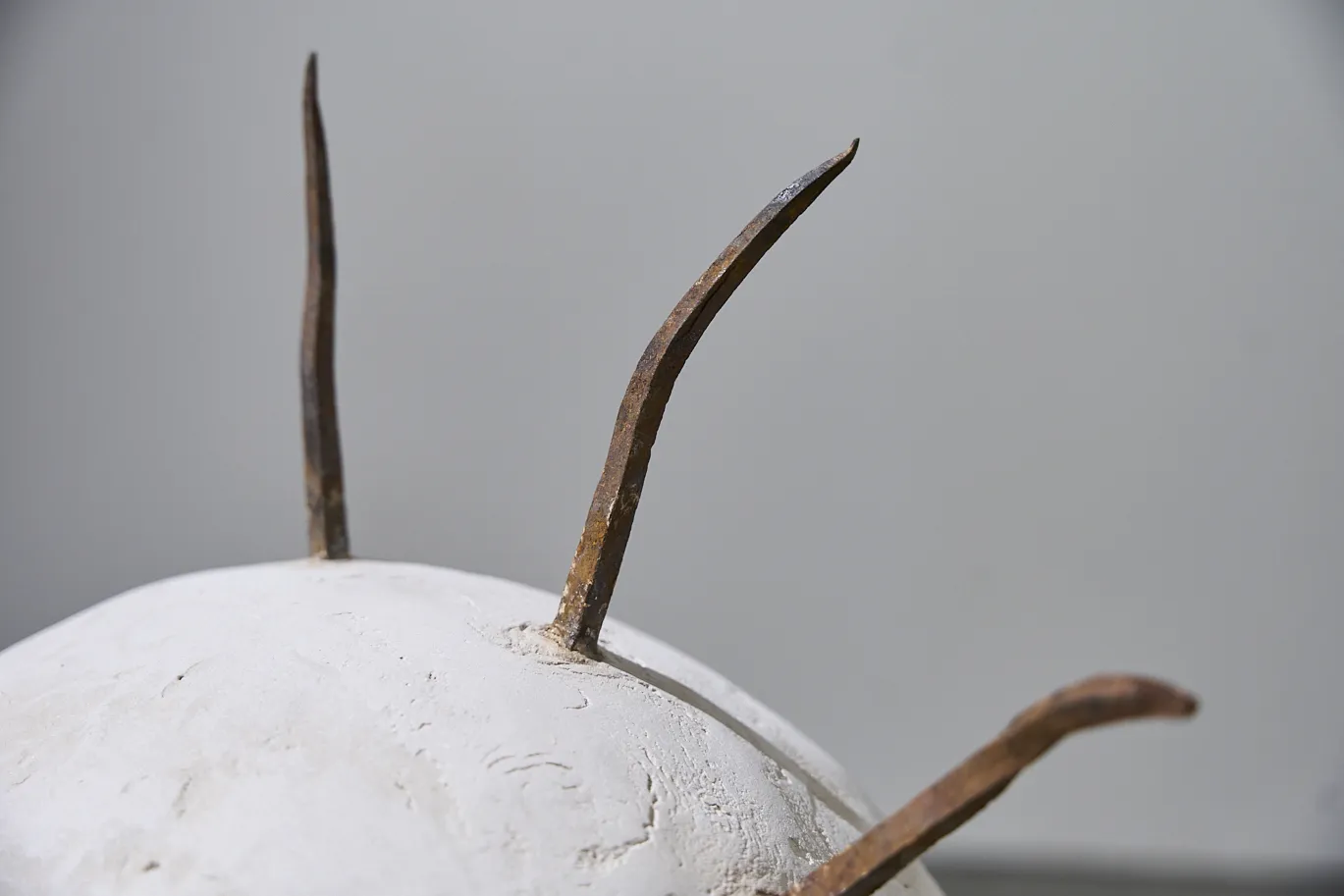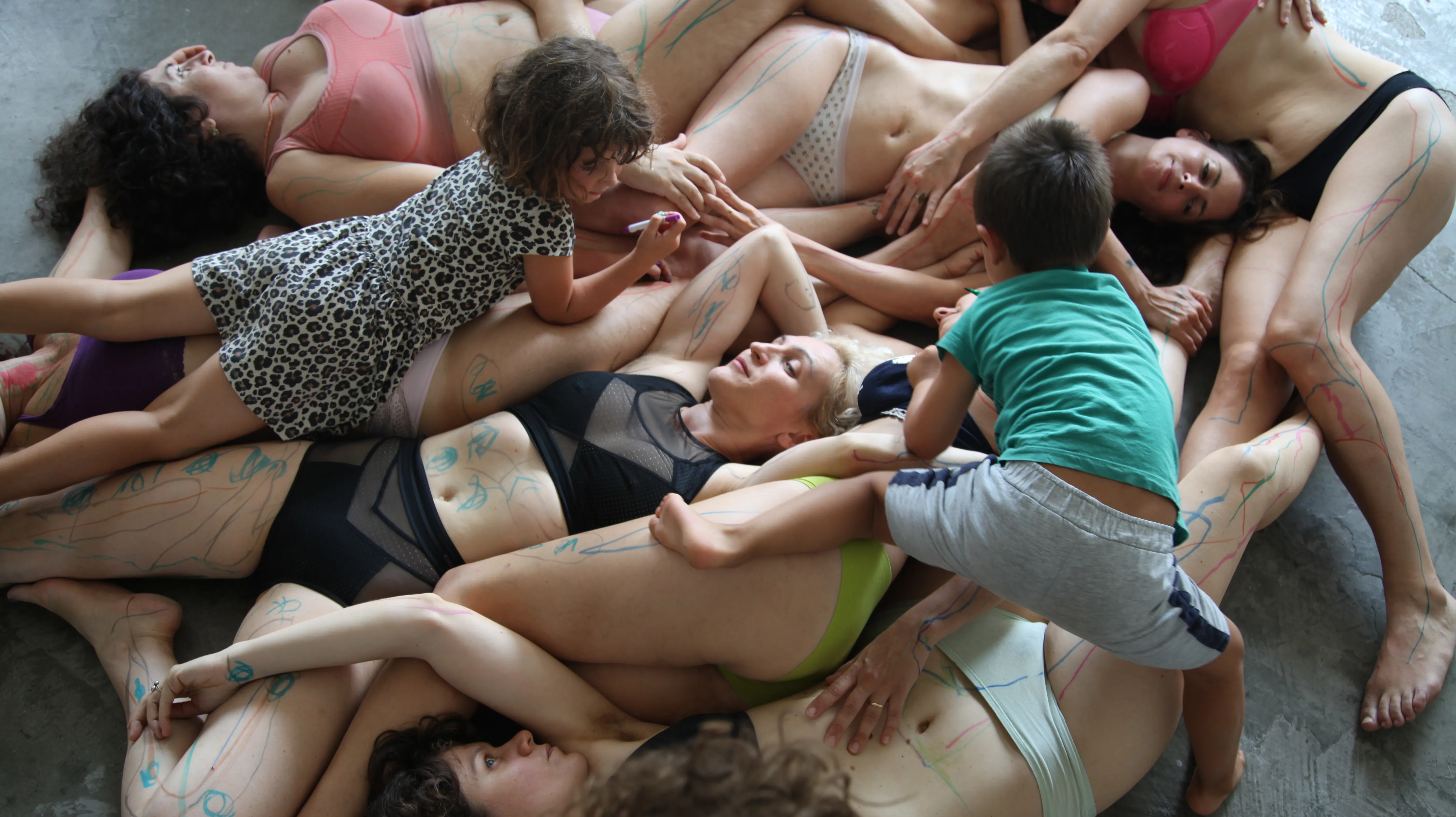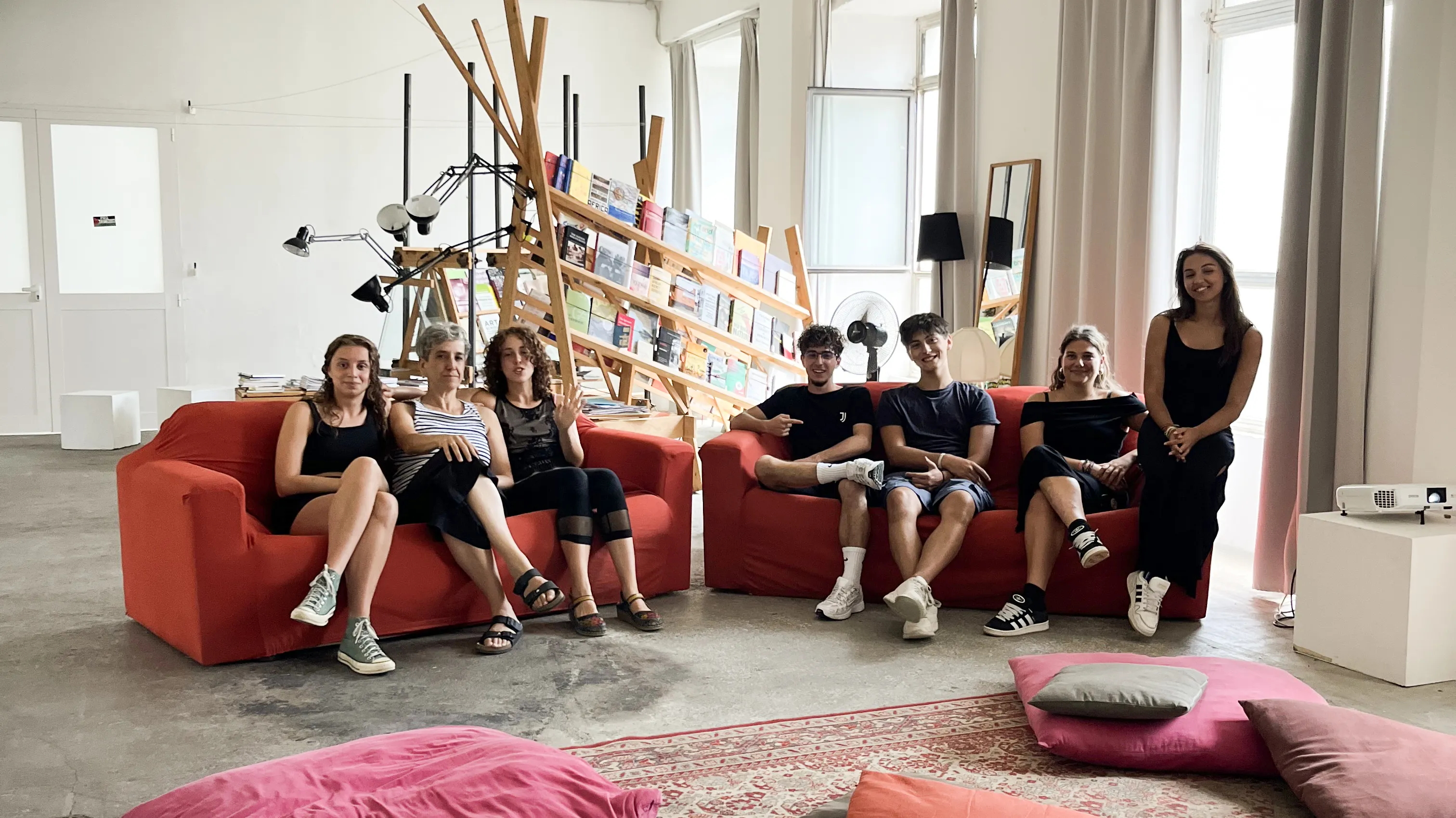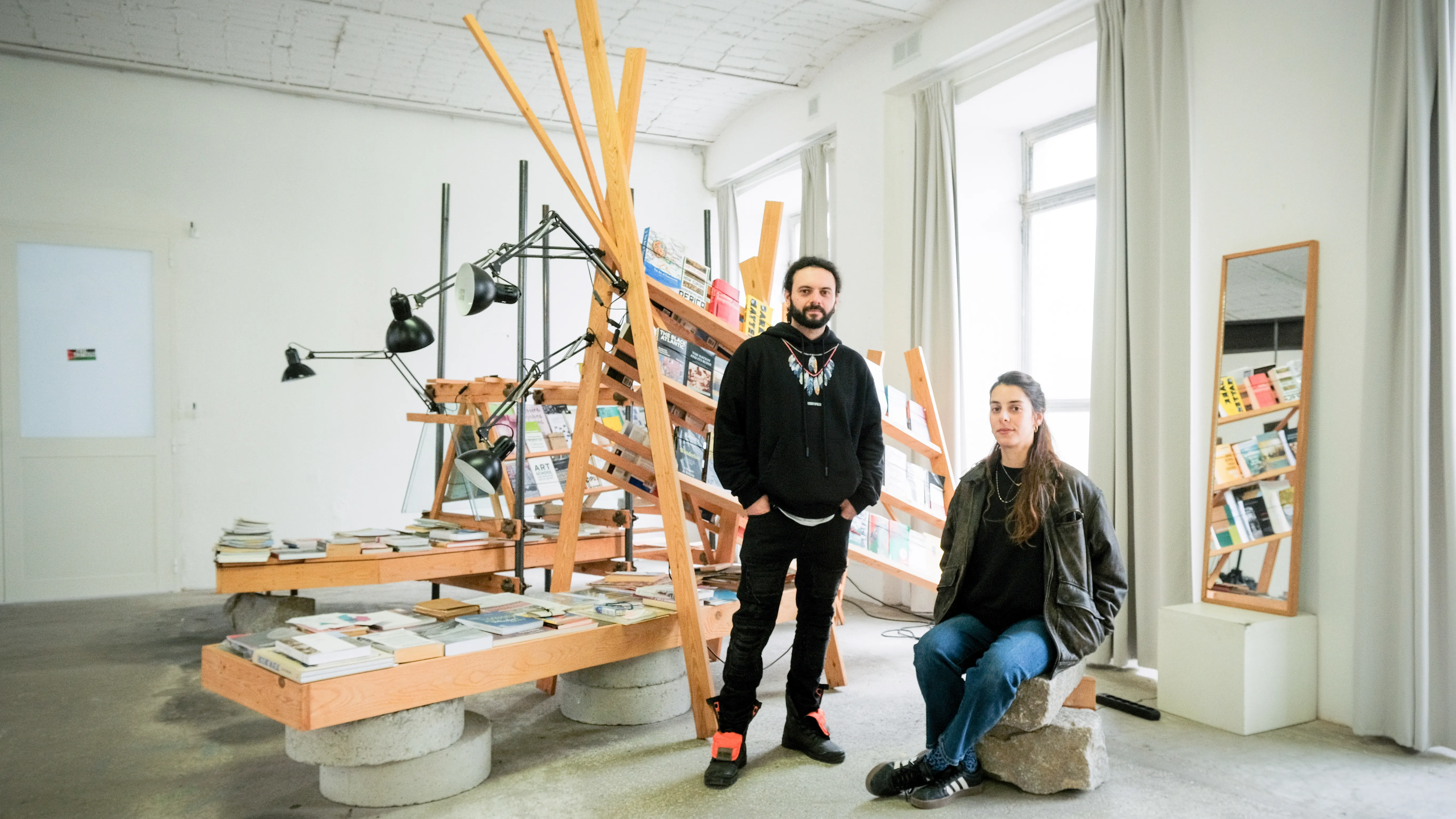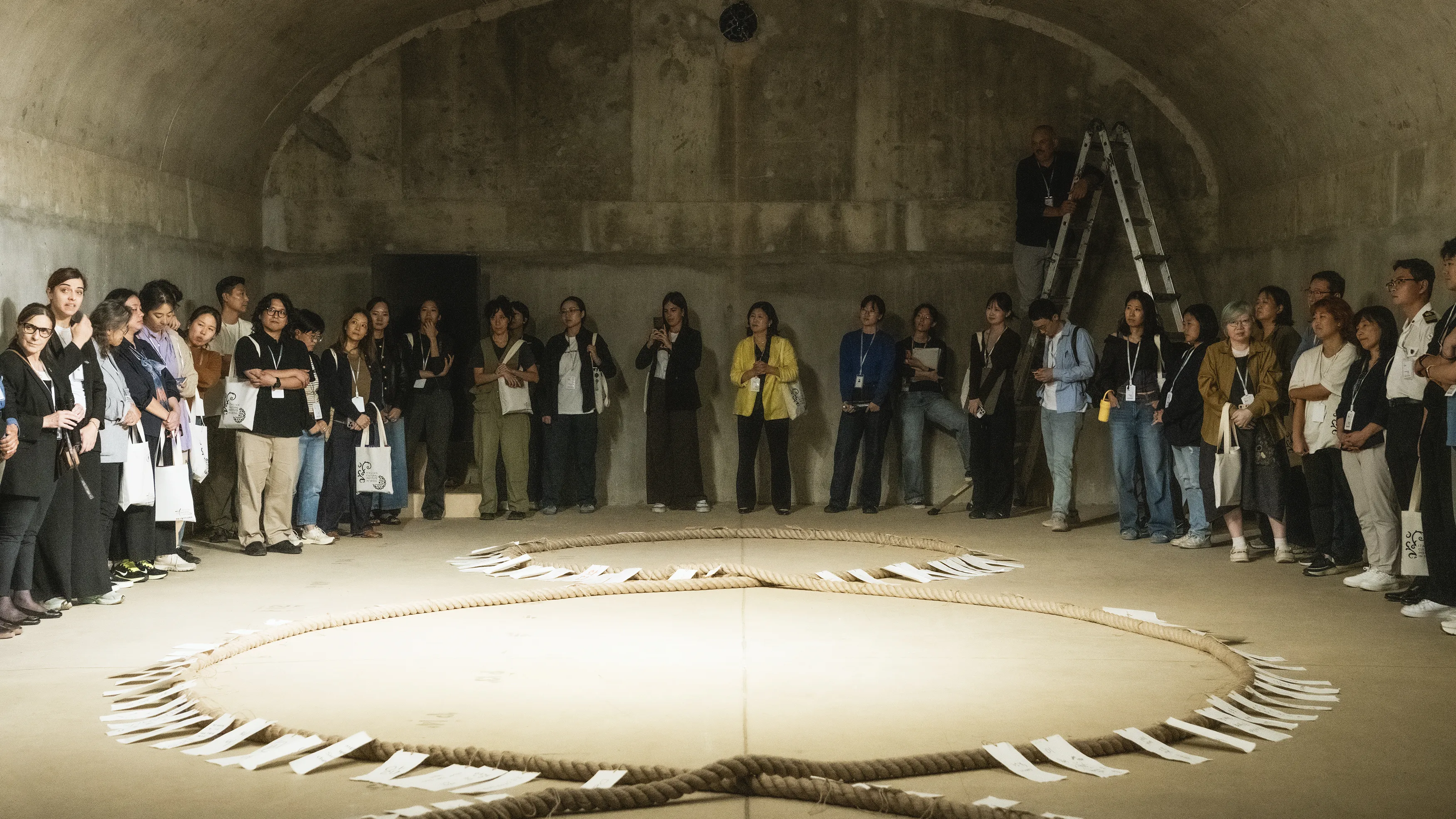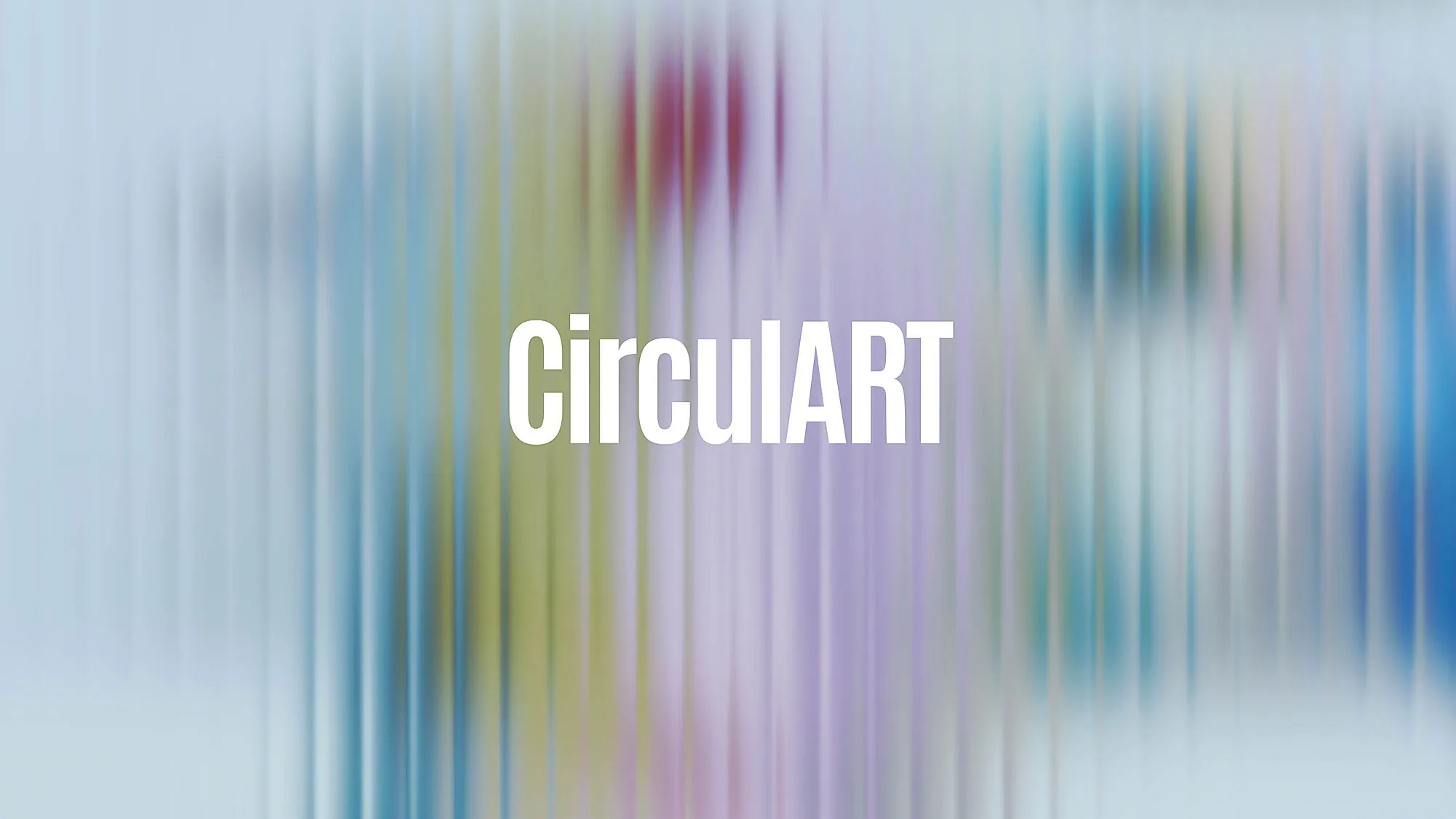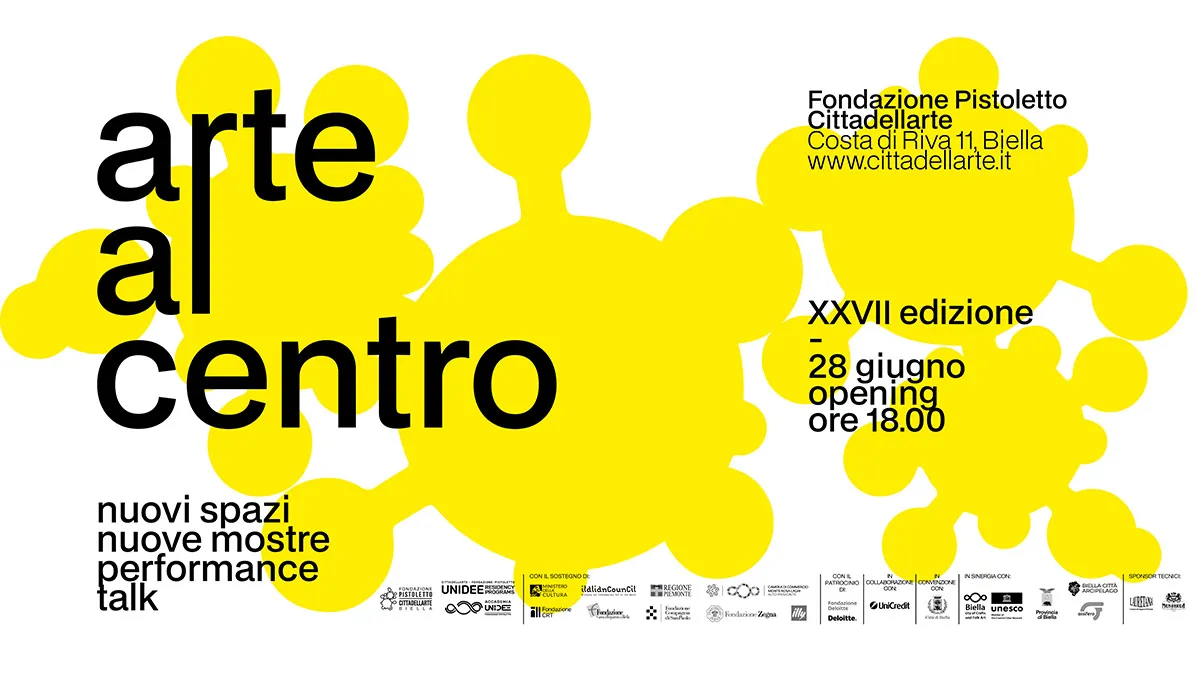What can we
help you find?
Ricerche suggerite
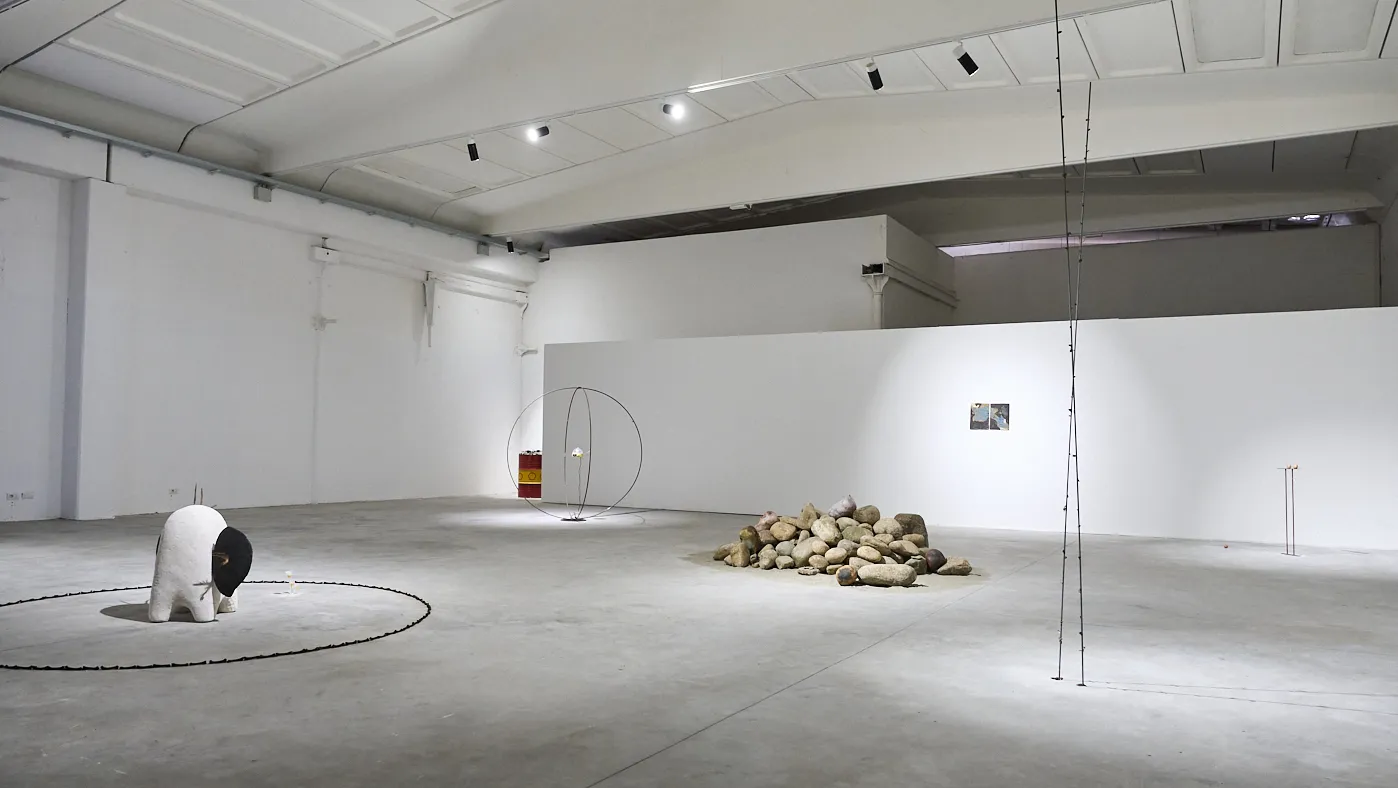
Ecosystems as Living Communities
"Ecosystems as Living Communities", an exhibition by Despina Charitonidi and Davide Tagliabue, curated by UNIDEE Residency Programs in collaboration with UniCredit Group
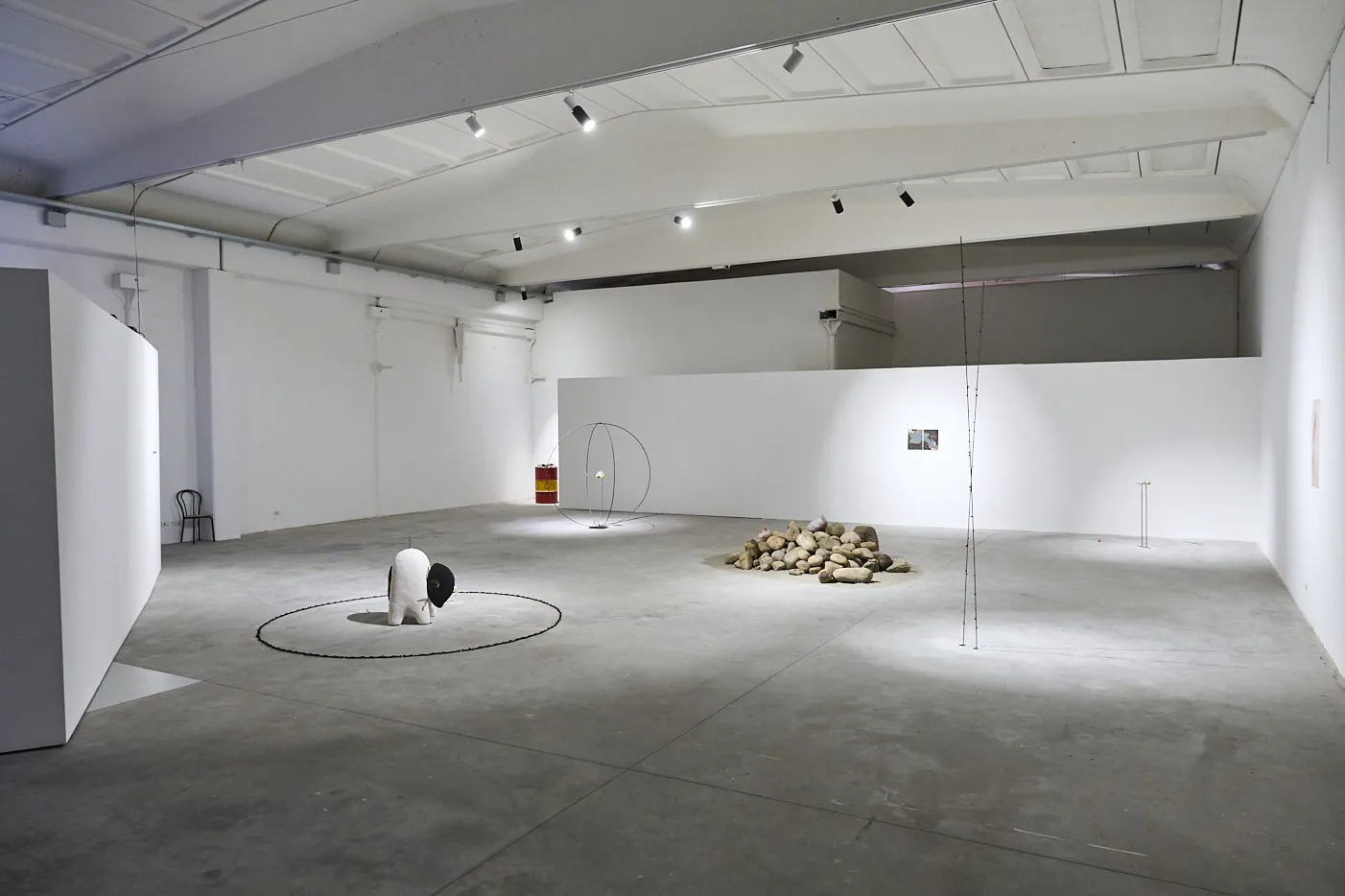
The exhibition presents the works by artists Despina Charitonidi and Davide Tagliabue, created as part of the Ecosystems as Living Communities residencies produced by UNIDEE Residency Programs of Fondazione Pistoletto Cittadellarte in collaboration with UniCredit Group. These works are the result of two months of research and production at Cittadellarte, and now become part of the UniCredit Art Collection: a tangible testament to the ongoing dialogue between art, territory and community.
Reflecting the shared vision of Cittadellarte and UniCredit, which recognizes art as a driving force for regenerating social, environmental, and cultural bonds, the connective residencies of Ecosystems as Living Communities foster encounters between artistic practices, local knowledge, and the complexities of contemporary life.
Developed in dialogue with curator Lucia Giardino, the exhibition offers an intimate look not only at the final works, but also at the research materials and experiments that accompanied their development. Charitonidi’s work explores the acoustic communication of marine mammals threatened by noise pollution, through ceramic sculptures inspired by marine fossils from Piedmont that are capable of producing evocative sounds. Tagliabue, on the other hand, reflects on the industrial poultry farming chain, incorporating organic waste materials—bones, eggshells, ashes—into bioceramic works that evoke contemporary relics and rituals.
Both artists embrace experimental and alchemical practices, accepting the risk of the unexpected as an integral part of the creative process. Their works become true comp(h)osts: objects that embody transformation, memory, and living matter, questioning our relationship with the living world, with consumption and with the sacred.
This exhibition marks the culmination of a collective journey, where art becomes a catalyst for transformation and collaborative creation. It invites us to envision new ecosystems—realms where humanity awakens to its place within an intricate, interconnected whole.
Despina Charitonidi
Melon (I, II, III, IV, V), 2025
Biellese clay glazed with the artist tears, under reduction.
The work is inspired by the shape of the melon, the echolocation organ found in the bodies of cetaceans. Composed of a mass of adipose tissue located in the forehead, the melon is the primary organ that enables vocalization and communication among whales, profoundly shaping the ways in which they socialize and build their cultural identity. Deeply moved by the ways whales live, socialize, and evolve, the artist transforms this organ into a whistle — a man-made clay object — thus drawing closer to the way cetaceans communicate beyond the boundaries of language.
Additionally, melon in Greek means future: the artist chooses this word as the title, highlighting through this wordplay the acoustic connotations it evokes.
Davide Tagliabue
Re-liquorum, 2025
Lightweight composite made with eggshell powder and chicken bone ash, iron, blown glass with chicken bone ash, egg liqueur.
Re-liquorum presents itself as a contemporary relic: an ambivalent object that merges worship, consumption, and material transformation. The title, suspended between “reliquary” and “liquor,” reflects a semantic tension that runs throughout the entire work. Inside, a hand-blown glass bottle, created using the ashes of chicken bones, contains an egg-based liqueur: a ritual drink, a form of nourishment that questions the relationship between sacrifice and gratitude. The work is inspired by the Ifugao culture of the Philippines, the place where chickens were domesticated. The nails at the top of the sculpture evoke the rooster’s comb, a symbol of pride and identity, and intertwine with the imagery of the Tari—a fighting knife—and the sacrificial nail, generating a symbolic short circuit. The zoomorphic and hybrid form of the work recalls a mutating body, shaped by genetic selection and split between meat and egg-laying chickens, emblematic of human intervention. Through the language of collectible design, the artist reflects on the idolatry of objects in contemporary society. Through a seductive and polished form, Re-liquorum subverts the aesthetic gesture, bringing to the surface what is usually excluded from the sacrificial act of nourishment: the body, death, and the residual sacredness of a still-living matter.
Biographies
Despina Charitonidi is a sculptor and performer who lives and works in Athens, Greece. Her work transforms natural elements into structural materials, exploring man’s environmental impact. She studied sculpture at the Academy of Fine Arts of Rome and performance at Hogeschool voor de Kunsten Utrecht. In 2021, she was a fellow at ZKU Berlin, and in 2023 she received the All of Greece One Culture grant.
Davide Tagliabue, also known as Metrocubo, is an artist and maker exploring the relationship between humans and the spaces we inhabit through ephemeral architecture, land art, and sculpture. His work ad- dresses environmental themes and the human-non-human relationship, reconnecting us with the primal act of “making”.
